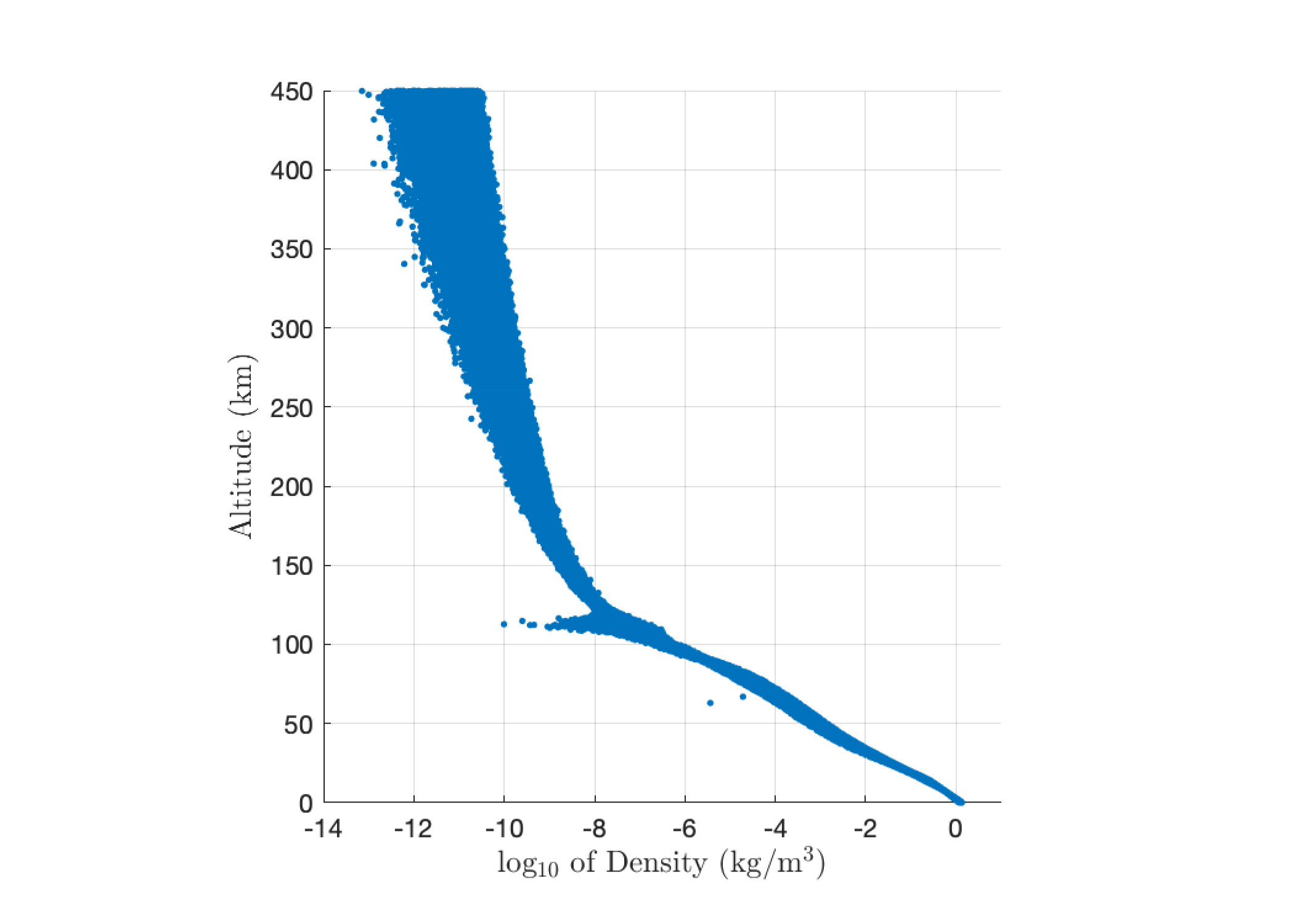As access to space becomes cheaper, faster, and easier, we are seeing a dramatic increase in the number of launches of small, inexpensive spacecraft called CubeSats. However, CubeSats are limited by a lack of maneuverability which restricts the types of missions they can perform. Due to the large size and mass of existing propulsion systems, traditional orbital maneuvers using thrusters are often not a viable option. Spacecraft in low Earth orbit experience a small but appreciable amount of aerodynamic drag force due to the rarefied atmosphere present at these altitudes. Many have looked into the use of drag-modulation for control of spacecraft and its use for station-keeping has been demonstrated in-flight. However, the use of drag for other applications, such as controlled deorbit and reentry, which is important for end-of-life disposal and reduction of space debris, requires more precise control and therefore further research. Additionally, current drag devices are still highly experimental due to limited flight heritage. Finally, the control problem is challenging due to the large amount of uncertainty from various sources, particularly the atmospheric density, which varies by many orders of magnitude.
PhD student Alex Hayes (Aerospace Engineering and Mechanics), in a project called “Guidance, Navigation, and Control for Targeted Reenty of Small Robotic Spacecraft Using Aerodynamic Drag,” is seeking to develop and validate an advanced guidance, navigation, and control strategy that is able to accurately guide a spacecraft along a deorbit trajectory so that it reenters the earth’s atmosphere at a desired location. The planned control strategy will leverage data collected by onboard sensors such as rate gyroscopes, accelerometers and a GPS receiver to estimate properties of the operating environment in order to improve tracking performance and reduce the landing footprint of the spacecraft.
Some funding for this project was provided by a 2022 University of Minnesota Informatics Institute MnDRIVE PhD Graduate Assistantship. The UMII MnDRIVE Graduate Assistantship program supports U of M PhD candidates pursuing research at the intersection of informatics and any of the five MnDRIVE areas:
- Robotics, Sensors and Advanced Manufacturing
- Global Food Ventures
- Advancing Industry, Conserving Our Environment
- Discoveries and Treatments for Brain Conditions
- Cancer Clinical Trials
This project is part of the Robotics, Sensors and Advanced Manufacturing MnDRIVE area.
Research Computing partners:
- University of Minnesota Informatics Institute
Complete list of 2022 UMII MnDRIVE PhD Graduate Assistantships.
Image description: Scatter plot showing the range of atmospheric density a spacecraft can encounter at different altitudes in space. It is this atmospheric density, combined with the spacecraft’s orbital velocity, which causes the atmospheric drag force that acts on the spacecraft and is used to control the spacecraft’s trajectory.
